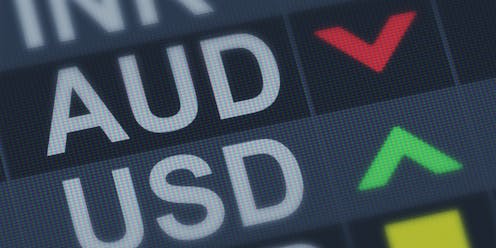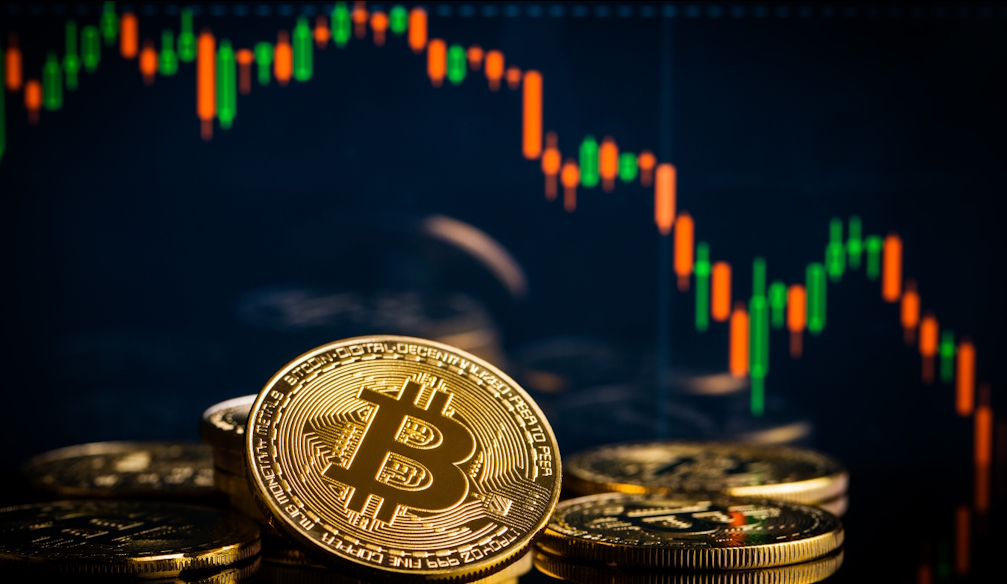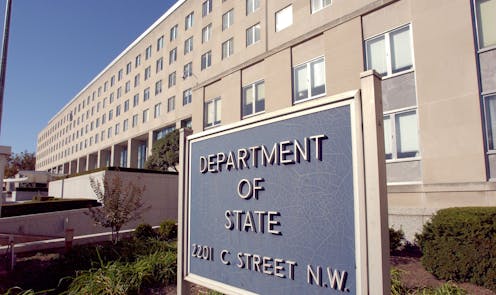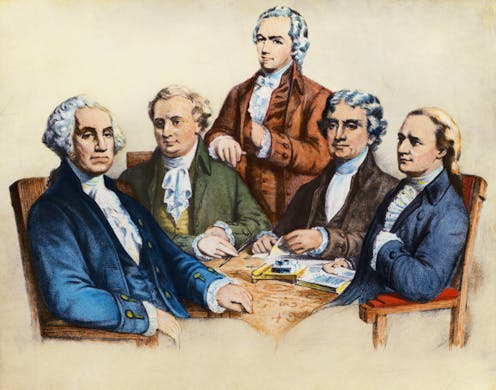The Australian dollar has hit a 5 year low. Sounds bad but don’t panic

You may have seen stories the Australian dollar has “plummeted”. Sounds bad. But what does it mean and should you be worried?
The most-commonly quoted exchange rate in the Australian media has long been the Australian dollar/US dollar rate. On Tuesday midday it was at 0.62, meaning one Australian dollar can be exchanged for 62 US cents.
In late September 2024 an Australian dollar had been worth 69 US cents, so it has lost 10% in a little over three months.
What is the forex market?
There was a time when most exchange rates were fixed. But the Australian dollar was floated in 1983 by the newly elected Labor government. Floating the dollar means movements in the exchange rate are determined by the demand for, and supply of, Australian dollars in the foreign exchange market, widely known as the forex.
Read more: Happy birthday AUD: how our Australian dollar was floated, 40 years ago this week
In the forex market, Australian companies wanting to import goods or buy services from the US sell Australian dollars to buy US dollars. Americans wanting to buy Australian goods sell US dollars and buy Australian dollars.
But most of the trading in financial markets is not done by exporters or importers but by speculators who hope to buy a currency at a low price and later sell it at a high price.
It is a very large market. Global turnover in the forex market is US$7.5 trillion a day. About 5% of this is trades between the Australian and US dollars.
The exchange rate fluctuates from day to day, indeed from minute to minute. Since it was floated in 1983, the Australia dollar has dropped to be worth less than half a US dollar in 2001.
But in 2010 the Australian dollar was worth a little more than a US dollar. Over the past couple of years it has usually traded in a range between around US 65 and US 70 cents.
What is causing the Australian dollar to drop against the US dollar?
The recent fall in the Australian dollar against the US dollar is more a matter of the US dollar being strong than the Australian dollar being weak. The US dollar has also risen against most other currencies.
The main reason the US dollar is stronger is that financial markets now do not expect interest rates there to fall as much as they expected earlier. This is because they are worried that inflation will be higher when President Trump raises tariffs and runs a larger budget deficit.
Does it matter?
The Australian dollar weakening against the US dollar is bad news if you are planning to have a holiday in the US or buy some imported goods from there. But America is not the world. Indeed, only about a tenth of Australian imports come from the US. China, ASEAN and the European Union are all more important sources.
To assess what will happen to the price of imports in Australia (and accordingly, to inflation), it is more useful to look at an average of exchange rates against different countries, putting greater weight on those which are major trading partners.
This is why the Reserve Bank calculates a trade-weighted index (TWI) as a measure of the exchange rate.
The Australian dollar has also weakened somewhat on the TWI basis, but much less than it has against the US dollar (about 5% since late September). The Reserve Bank board interpreted the weakness as reflecting financial markets’ concerns about the outlook for the Chinese economy.
The drop in the TWI is unlikely to affect materially the Reserve Bank’s forecast for inflation. It will therefore not affect the timing of any interest rate cut. Far more important here will be the inflation rate reported for the December quarter, to be released on January 29, and other macroeconomic data.
Is a weaker dollar always a bad thing?
As noted above, a weaker Australian dollar is bad news for Australian tourists going overseas. But it is good news for many Australian companies, their employees and their shareholders (which, indirectly through superannuation, is most of us).
A weaker Australian dollar makes Australia a more attractive destination for foreign tourists and students. Australian products will be cheaper in the local currencies of overseas customers so exporters can sell more. Australian firms competing with imports will do better when imports become more expensive.
At a time when domestic demand is weak, and real GDP barely growing, some economic stimulus from a weaker exchange rate may be a good thing.
Mining companies that sell commodities under contracts in US dollars now get more Australian dollars in revenue. Some of this revenue gets paid in tax to the Australian government. Indeed some commentators have suggested that the weaker Australian dollar may enable the government to post a third budget surplus.
Authors: The Conversation















